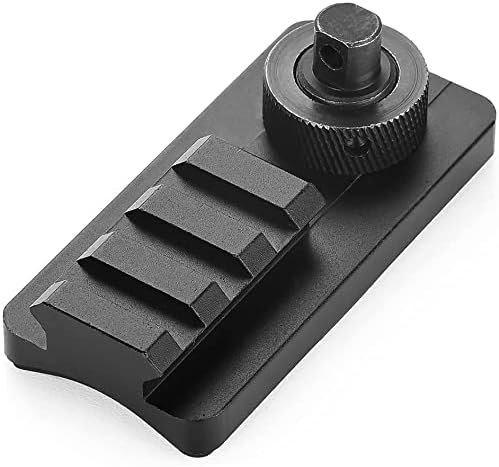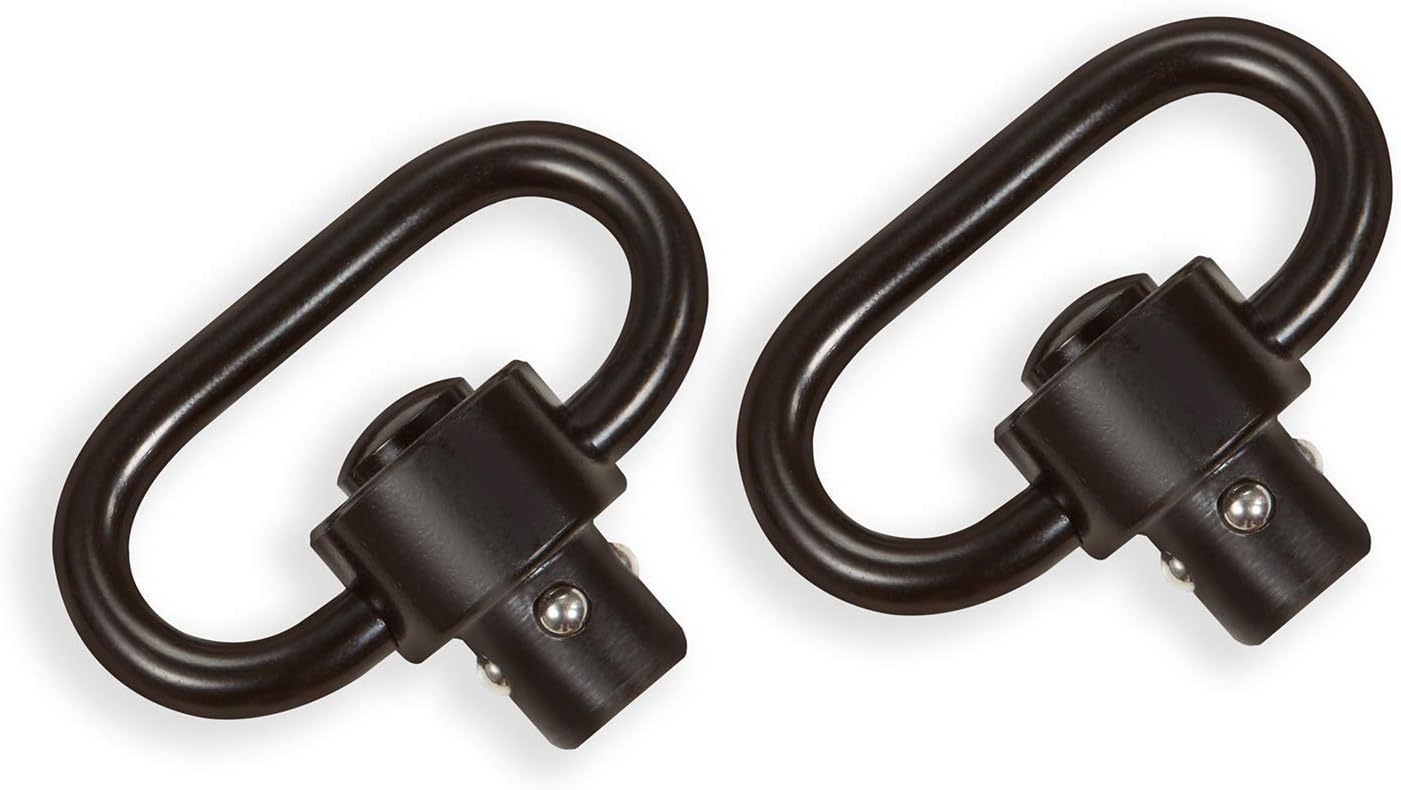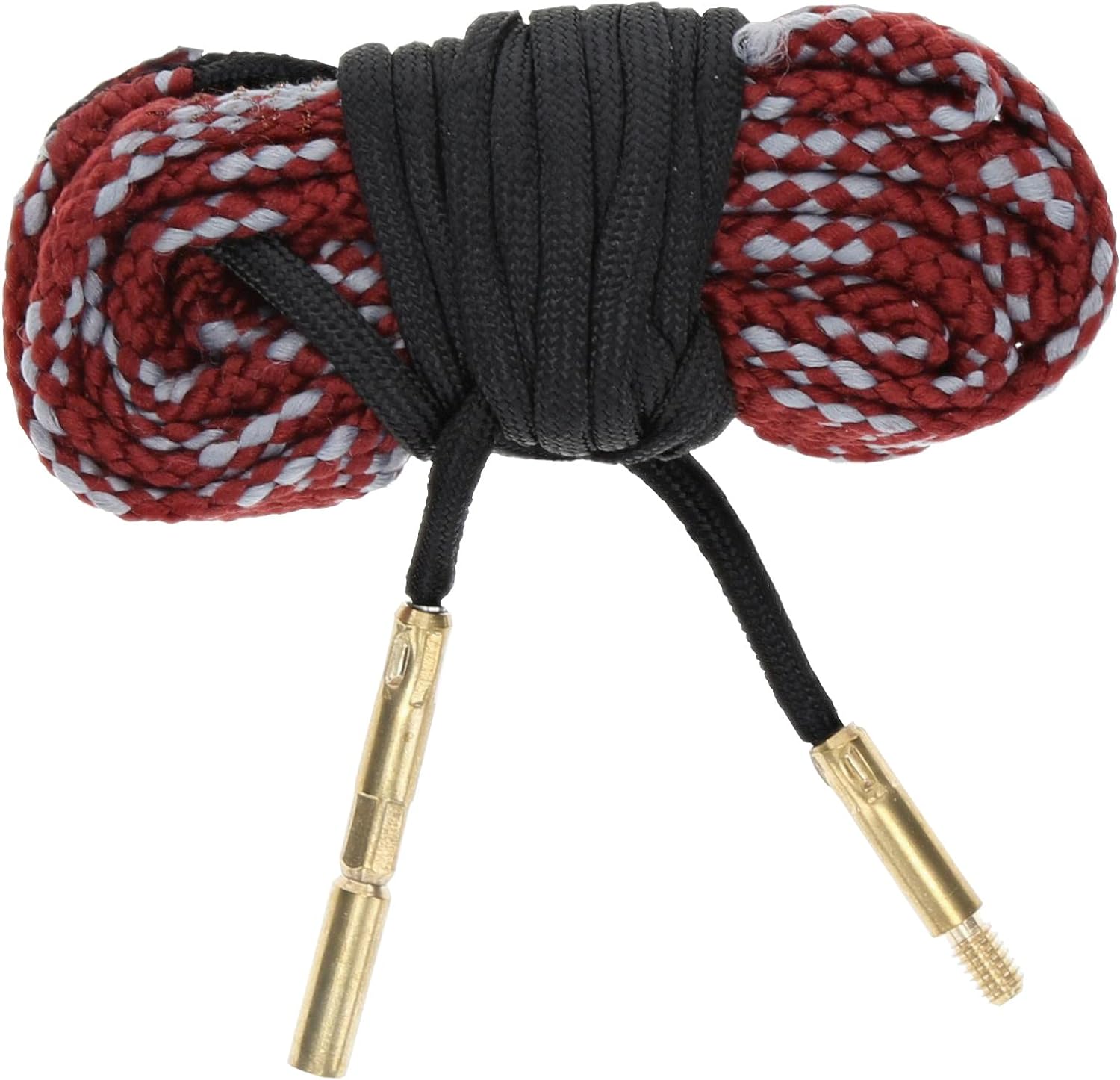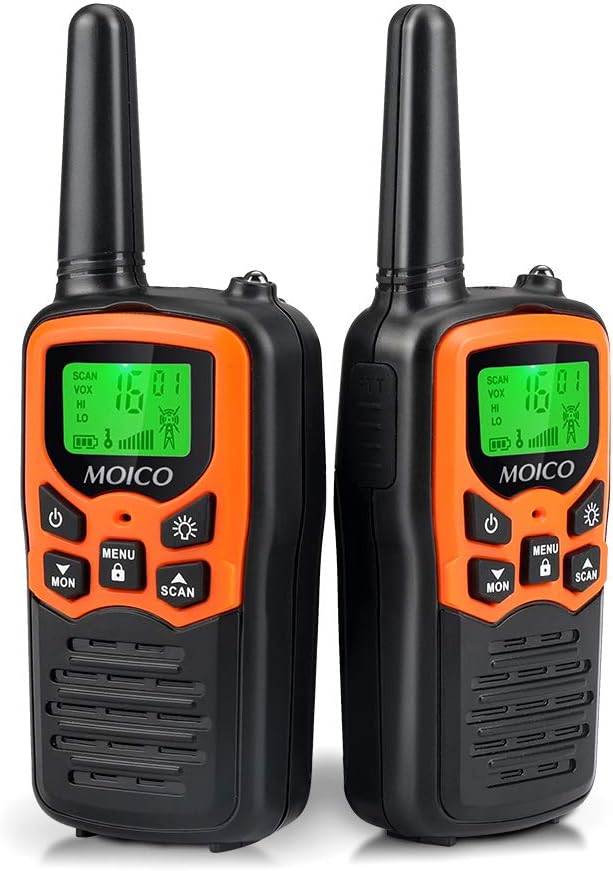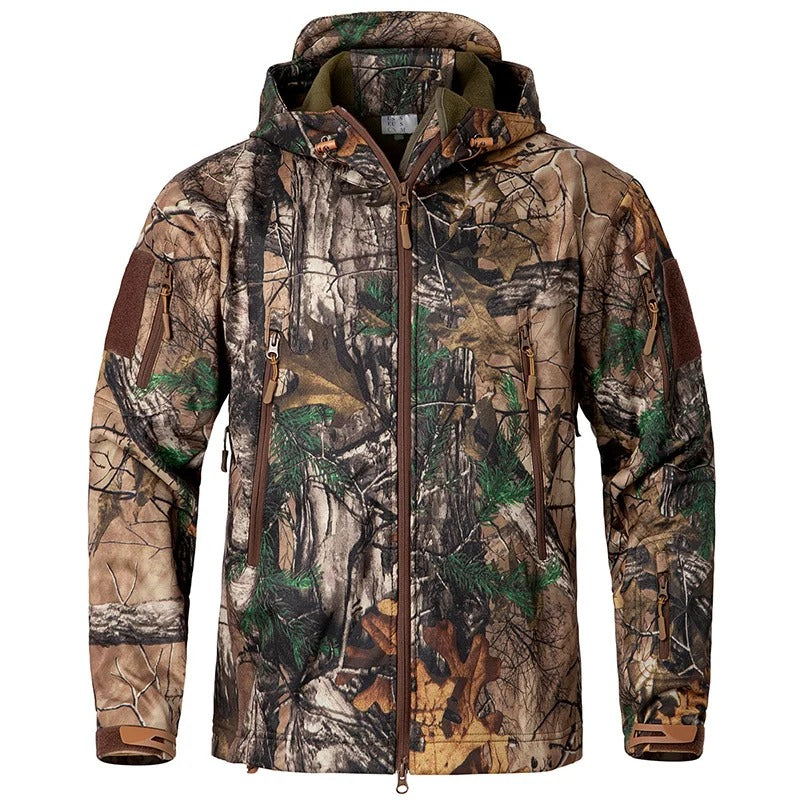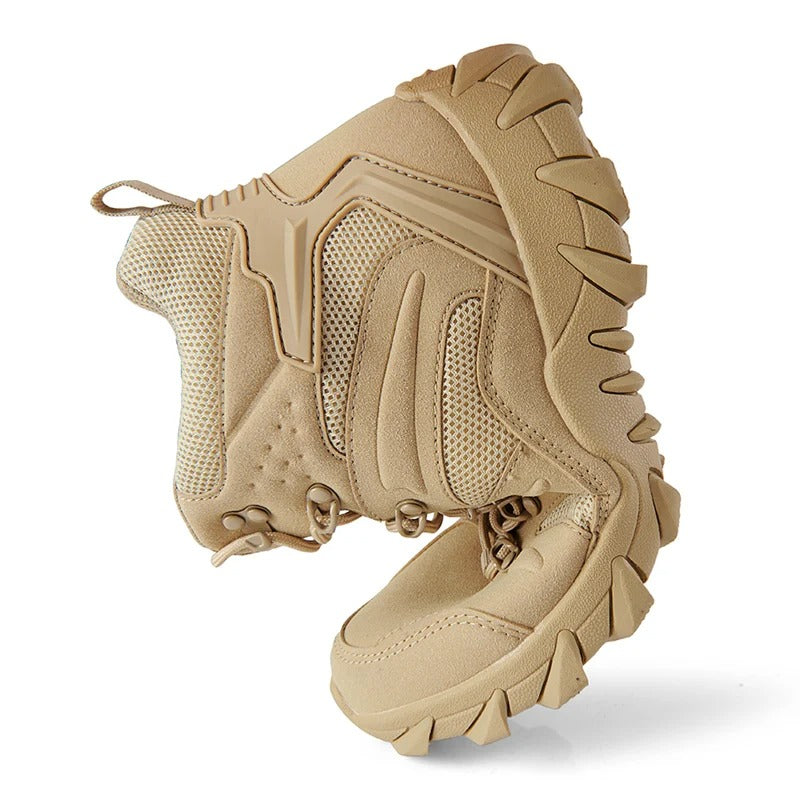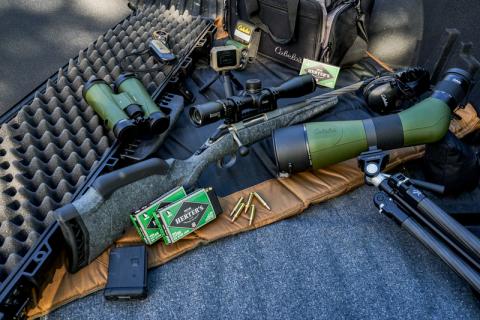


SHOP OUR BESTSELLER
discover more
HUNTING GEAR
shop by categories

APPAREL
latest hunting tips
How to Clean a Rifle
Importance of Regular Gun Cleaning and Barrel Maintenance
Keeping your rifle clean and well-maintained is crucial for several reasons. Regular gun cleaning not only ensures the longevity of your firearm but also contributes to its optimal performance and accuracy. Moreover, it promotes safety and reliability, making it an essential practice for all responsible gun owners. In this article, we will explore different gun cleaning techniques and methods, with a special focus on the significance of barrel cleaning and maintenance.
Basic Gun Cleaning Steps
Before diving into specific cleaning methods, it's important to understand the basic steps involved in cleaning a gun. Here is a step-by-step guide to help you get started:
-
Start Safe:
Safe firearm handling is ALWAYS the first step, regardless of if you’re cleaning your gun, transporting your gun, storing your gun – safety is key. Always ensure your firearm is unloaded and the magazine removed before starting the cleaning process.
Remember: Treat every firearm as though it were loaded. -
Disassembly:
Carefully disassemble your rifle, following the manufacturer's instructions. This will allow you to access all the necessary components for a thorough cleaning. -
Remove Debris:
Use a soft brush or a toothbrush to remove any loose debris, dirt, or carbon buildup from the various parts of your firearm. Brush out areas like the action, bolt, receiver, frame, and chamber. Wipe with a cloth or cleaning wipes to remove loose fouling. For the barrel, attach a bore brush to your cleaning rod and apply a small amount of cleaning solvent to the brush. Insert the rod into the barrel and scrub the inside using a back-and-forth motion. This will help break up any fouling or residue. Attach a cleaning patch to the cleaning rod and apply cleaning solvent to it. Push the patch through the barrel, ensuring it contacts the entire surface area. Repeat this process with fresh patches until they come out clean and dry. -
Lubrication:
Apply a small amount of gun oil or lubricant to the moving parts of your firearm, ensuring smooth operation and preventing corrosion. Key areas would be bearing surfaces, such as bolt lugs, rails, guides – any metal-on-metal. Avoid using excess oil and do NOT apply any lubricant inside the barrel. Once again, wipe down all components with a clean, dry cloth to remove any residue, dirt, or excess oil that you may have missed in the previous steps. -
Reassembly:
Once all the components are clean and lubricated, carefully reassemble your rifle following the manufacturer's instructions. -
Function Check:
Before storing your firearm, perform a function check to ensure everything is working properly. This involves testing the trigger, safety mechanism, and slide operation.
Deep Cleaning Techniques
Deep cleaning is necessary for heavily used firearms or those exposed to harsh conditions. This thorough cleaning removes stubborn fouling and ensures optimal performance. Here's how to perform a deep cleaning:
-
Disassembly:
Completely disassemble your rifle, separating all components, including the barrel, slide, frame, and small parts. -
Cleaning Solvent and Brushes:
Use a suitable cleaning solvent and brushes to thoroughly clean each individual part. Pay special attention to hard-to-reach areas and stubborn fouling. -
Ultrasonic Cleaning (Optional):
If you have access to an ultrasonic cleaner and it's suitable for your firearm, consider using it to enhance the deep cleaning process. -
Inspection:
While cleaning, inspect each part for any signs of wear or damage. Replace any worn-out or damaged components as necessary. -
Lubrication and Reassembly:
Apply an appropriate amount of gun oil or lubricant to the moving parts of your firearm. Reassemble your rifle meticulously, following the manufacturer's instructions.
Choosing the Right Cleaning Solvent and Lubricant
Selecting the appropriate cleaning solvent and lubricant is crucial for effective gun cleaning and maintenance. Consider the following factors when making your choice:
-
Compatibility:
Ensure that the cleaning solvent and lubricant are compatible with the materials used in your firearm. Different firearms may require specific products, so refer to the manufacturer's recommendations. -
Purpose:
Consider the purpose of the cleaning solvent and lubricant. Some solvents are designed for general cleaning, while others target specific types of fouling or residue. Lubricants should provide adequate protection against wear and corrosion. -
Safety:
Choose solvents and lubricants that are safe to use and handle. Consider any potential health hazards and follow the manufacturer's safety instructions.
Tips for Effective Gun Cleaning and Barrel Maintenance
To ensure the best results and maintain the longevity of your firearm, follow these important tips:
-
Establish a Cleaning Routine:
Regularly clean and maintain your firearm according to a set schedule. This will help prevent excessive fouling and ensure optimal performance. -
Avoid Over-Cleaning:
While it's important to keep your firearm clean, excessive cleaning can lead to unnecessary wear and tear. Clean your firearm as needed, but avoid overdoing it. -
Store Properly:
After cleaning, store your firearm in a secure and dry location. Consider using a gun safe or locking case to prevent unauthorized access and protect it from dust, moisture, and other potential damage. -
Seek Professional Help if Needed:
If you're unsure about any aspect of gun cleaning or encounter any issues, don't hesitate to seek assistance from a qualified gunsmith or firearm expert.
Proper gun cleaning and barrel maintenance are essential for the longevity, performance, and safety of your firearm. By following the appropriate cleaning techniques, utilizing the right tools and products, and adhering to a regular maintenance routine, you can ensure that your rifle remains in optimal condition.
Duck Hunting: A Veteran's Guide for Beginners
Getting Started
Why Duck Hunting? Duck hunting is more than just a sport; it's a cherished tradition that connects us deeply with nature and each other. In the early mornings when the wetlands come alive, the thrill of outsmarting a keen-eyed bird, and the camaraderie that builds as you share these experiences with friends and family, are difficult to reproduce. Regardless of why you're picking up duck hunting, it’s an experience that offers unparalleled adventure.
Basic Requirements for Duck Hunting
Starting your duck hunting journey requires some essential gear. First and foremost, you'll need a reliable shotgun designed for waterfowl hunting. Non-toxic ammunition, typically steel shot, is crucial since lead shot is banned in many areas. To stay dry and hidden, invest in waterproof waders and camouflage clothing. Decoys and duck calls are indispensable tools for attracting ducks to your hunting spot.
Legal Considerations and Permits
Before you head out, it's vital to understand the legal landscape. You'll need a hunting license and a specific waterfowl stamp. Federal and state regulations will guide you on season dates, bag limits, and protected species. Always stay updated with the latest regulations to ensure compliance.
Essential Gear for Novice Duck Hunters
Types of Firearms and Ammunition
A 12-gauge shotgun is the go-to choice for most duck hunters, though some prefer a 20-gauge for its lighter recoil. Ensure your shotgun is compatible with non-toxic shot. Steel shot is the standard, but alternatives like bismuth or tungsten are available if you prefer.
Your Guide to Waterfowl Hunting Clothing & Foot...
Over the years, I've learned that waterfowl hunting is one of the most demanding and rewarding outdoor activities you can undertake. The right clothing is crucial to ensure both your comfort and success in the field. From camo patterns to weather-resistant materials, your gear can make or break your hunt. In this guide, I'll share insights on the essential clothing items for waterfowl hunting, so you can be well-prepared for your next adventure.
What to Wear for Waterfowl Hunting
Spending hours in wet, cold, and muddy conditions is par for the course in waterfowl hunting. Your clothing needs to keep you warm, dry, and comfortable, while also allowing you to move and stay hidden. Layering is the secret to managing changing weather and activity levels. Start with a moisture-wicking base layer, add insulating mid-layers, and finish with a waterproof and windproof outer layer. Let's break down each category of clothing to help you make informed choices for your waterfowl hunting gear.
Camo vs Solid Clothing for Waterfowl Hunting
One big question for waterfowl hunters is whether to wear camo or solid-colored clothing. The goal is simple: blend into the environment and stay hidden from sharp-eyed waterfowl.
Camouflage Clothing
Camo clothing is designed to look like the natural surroundings, making it harder for waterfowl to see you. Modern camo patterns are very effective, with designs that look like reeds, marsh grasses, and other waterfowl habitats. Camo is especially useful for stationary hunting in blinds or layout boats, where blending into the background is very important.
Solid-Colored Clothing
While camo is often the go-to, solid-colored clothing in neutral or earth tones can also work well. These colors can blend in with many environments and are versatile enough for other outdoor activities. Solid colors are a good option for hunters who move around a lot or hunt in different settings.
Ultimately, whether you choose camo or solid colors depends on your personal preference, hunting style, and the specific environment you're hunting in.
Shirts
The right shirt can make a big difference in your comfort and performance during waterfowl hunting. You need clothing that can handle different weather conditions and keep you comfortable all day. Moisture-wicking and quick-drying materials are essential for managing sweat and staying dry. Here’s a closer look at some top choices for base and mid-layer shirts that will keep you at your best.
Base Layer Shirts
The base layer is the first layer of clothing that touches your skin. It should manage moisture and regulate temperature to keep you comfortable. Base layers are arguably the most important layer in your outdoor clothing system because they set the foundation for effective temperature control and moisture management. Without the right base layer, staying warm and dry becomes a challenge, as improper moisture wicking can lead to cold, clammy conditions that make it difficult to maintain body heat.
Merino Wool Shirts: Merino wool is a great choice for base layers. This natural fiber is excellent at regulating temperature, keeping you warm when it's cold and cool when it's hot. Merino wool also wicks moisture away from your skin, helping you stay dry even when you're sweating. One of the best features of merino wool is that it stays comfortable even when wet, which is crucial for waterfowl hunting where damp conditions are common.
Synthetic Shirts: Polyester and nylon blends are also excellent choices for base layers. These synthetic materials are known for their durability, moisture-wicking, and quick-drying properties. They pull sweat away from your skin and spread it across the fabric's surface, where it can evaporate quickly.
WELCOME TO HELLOMATERIALS
The hunter’s favorite online store
For over 2 years, we have been successfully developing and designing products for hunters and nature lovers. Our products are highly valued by professionals for their superior functionality and durability.
STAY TUNED
sign up for email
Best price guaranteed
Free speedy delivery
30 day returns
Flexible payment options


















